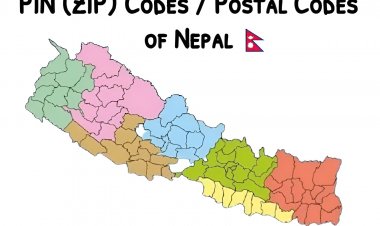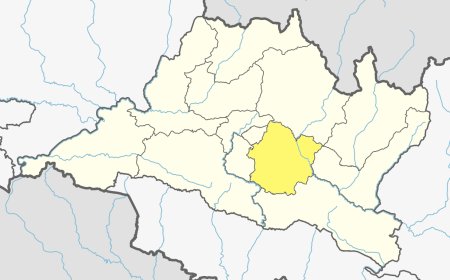Traditional Cuisine of Nepal
Delight in the diverse tastes of Nepal's Khas, Himalayan, and Newa cuisine, showcasing unique flavors and cultural heritage in every bite.
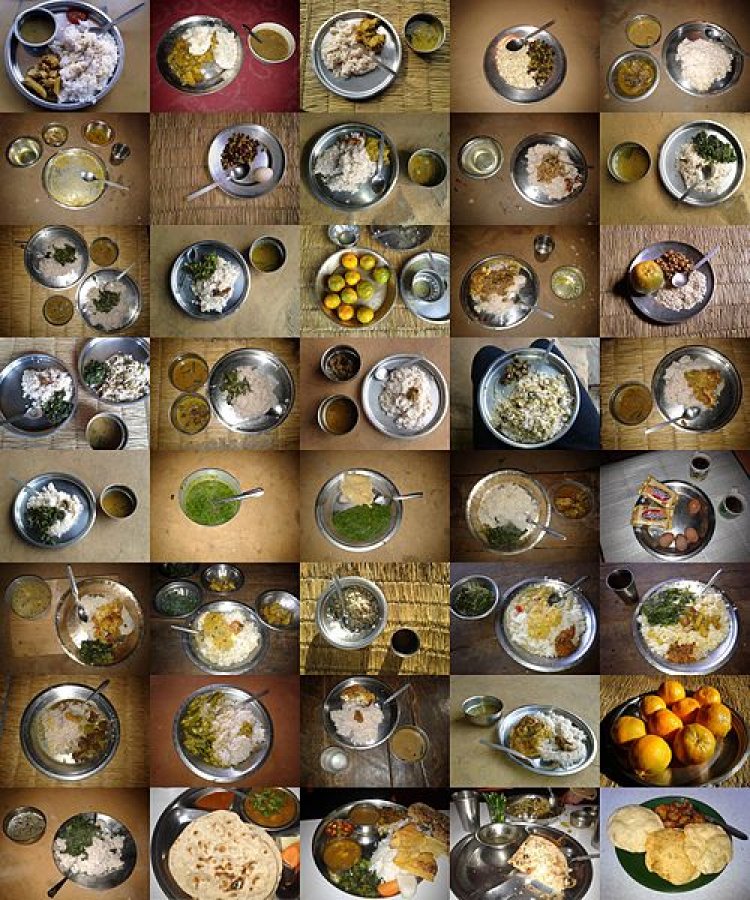
Nepali food is very different because of the country's special landscape, weather, and culture. Nepal has different cultural groups that have different foods. When these foods mix, they make a tasty and unique cuisine. There are different groups of people, like the Newars, Thakalis, Gurungs, Tamangs, Sherpas, and more. The culinary heritage of Nepal is characterized by an extensive range of culinary ingredients, preparation methodologies, and gastronomic creations that have been transmitted from one generation to another. The culinary customs of Nepal are firmly entrenched in convention and showcase the gastronomic legacy of the Nepalese population.
The cuisine of Nepal exhibits distinct features that are marked by the utilization of indigenous and timely ingredients. The cuisine of Nepal is distinguished by its harmonious combination of taste elements and the integration of fragrant herbs and spices. Through their culinary skills and attentiveness, Nepalese people showcase their exceptional ability in food preparation, which is reflected in their exquisite dishes.
Here we are going to explore different types of cuisine in Nepal:
1. Khas Cuisine:
The culinary traditions of the Khas community, which is the largest ethnic group in Nepal and mainly resides in the hilly regions, are referred to as Khas cuisine. The Nepalese food culture is notable for its Khas cuisine. These are some of the foods that Khas cuisine serves:
· Daal Bhatt:
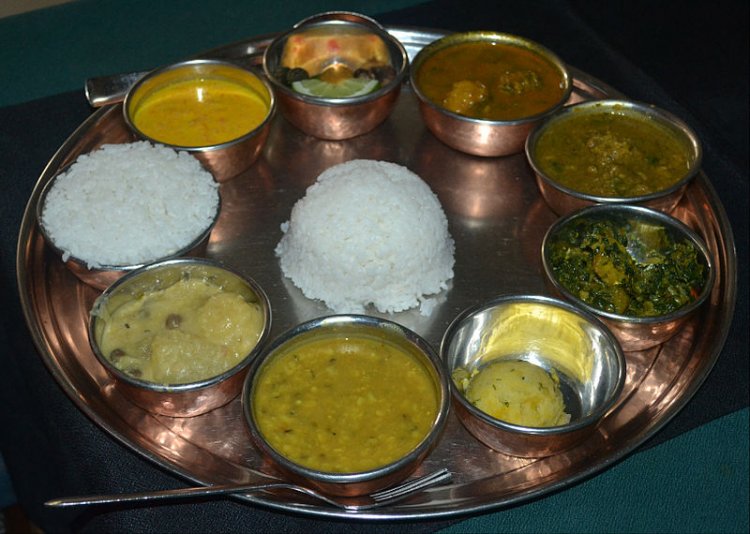
Given that daal bhaat is considered a national dish of Nepal, it is widely acknowledged as a fundamental culinary component of Khas cuisine, representing a staple meal consisting of lentil soup paired with rice. In traditional Khas cuisine, the primary component is this dish, which is commonly accompanied by various side dishes, pickles, vegetables, curries, and so on.
· Meat-based items:
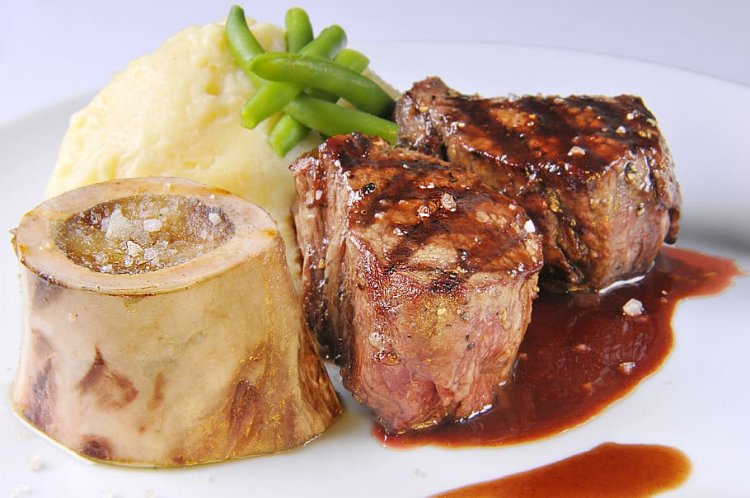
Khas cuisine has many foods made with meat. There are three tasty dishes called "khasi ko masu," "sekuwa," and "pakku." "khasi ko masu," "sekuwa," and "pakku." Khasi ko masu is a curry made with goat or mutton, while sekuwa is meat cooked on a stick over a barbecue. Lastly, pakku is meat that has been fried or roasted. Most people, including the Khas Brahmin (Bahun) caste, eat chicken and fish. They don't eat buffalo and yak meat because it is too similar to cow meat. Long ago, only a certain group of people called aadibasi would have pork from pigs that were raised at home. But wild boars, which are like big, hairy pigs, were hunted and eaten by a different group of people called Magars. These foods usually have nice smells and tastes from using special herbs and spices together.
· Gundruk and Dhido:
Gundruk is a special part of Khas food. Gundruk is made by fermenting leafy greens, like mustard greens or spinach. Dhindo is a thick, porridge-like food that people who eat Khas cuisine enjoy. This food is created by cooking flour made from corn, millet, or buckwheat with water until it becomes thick. People usually eat Dhindo with gundruk, pickles, or meat dishes.
· Sinki:
Sinki holds great significance as a unique and customary ingredient. Sinki is a type of food made by fermenting wild vegetables, usually the roots of radishes. Khas cuisine has a special ingredient that makes food taste different and feels unique. Sinki is an important food in Khas cuisine. It shows how the Khas people use clever ways to preserve their food and honor their traditions. Nepalese cuisine is a proud representation of the country's abundant culinary legacy, achieved through the use of locally sourced ingredients and age-old cooking methods.
· Pickles:
Pickles are considered a significant component in Khas cuisine, contributing to the taste profile of dishes with their tangy, spicy, and flavorful attributes. The Khas people's culinary heritage and innovative skills are evident through their wide selection of pickles featuring ingredients such as mangoes, radishes, tomatoes, and chilies. Khas pickles add a unique and vibrant flavor to any meal, whether eaten as a condiment or a side dish, making the dining experience all the more enjoyable.
· Sweets and snacks:
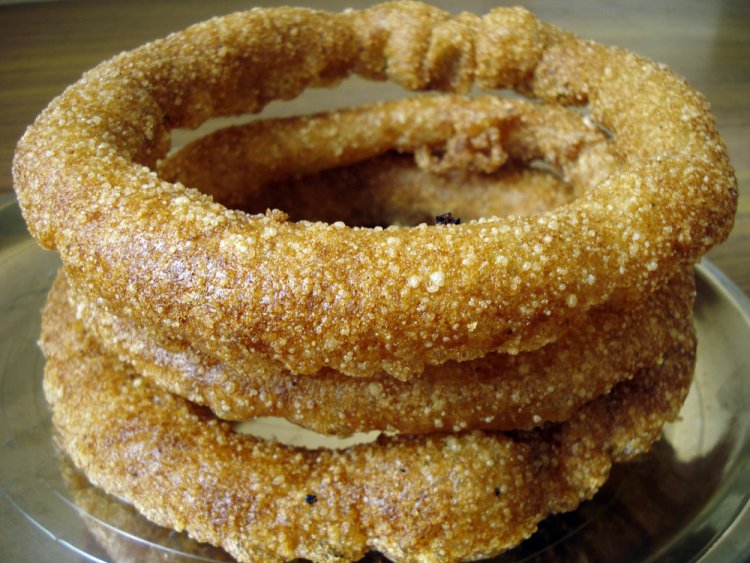
Khas cuisine features diverse flavors and sweet delicacies. These sweets are cherished in Khas culture and are enjoyed on many occasions. Khas cuisine offers diverse sweet treats that please palates with rich flavors and textures. Khas cuisine has a variety of sweet treats like Juju Dhau, Malpuwa, Sikarni, Sel Roti, and many more. The delightful flavor of these foods is capable of creating a happier ambiance for any event.
Khas cuisine varies in Nepal and has individual household variations. Cuisine evolved, influenced by neighboring regions and cultural exchanges. Khas cuisine is a vital aspect of Nepalese culinary history, showcasing the Khas group's tastes and practices.
2. Himalayan Cuisine:
The Himalayan cuisine is influenced by the food culture of Tibetans and other similar ethnic groups in the Himalayan region. The food found in Nepal's Himalayan areas, including Mustang, Dolpo, and Solu-Khumbu, is a testament to the uniqueness of the region's geography and traditions. These are some of the foods that Himalayan cuisine serves:
· Daal Bhatt:
Dal Bhat is a common food in Nepal and the Himalayas. Dal and rice are served together, sometimes with vegetables, pickles, and yogurt. Dal bhat is a healthy and nutritious meal.
· Thukpa:
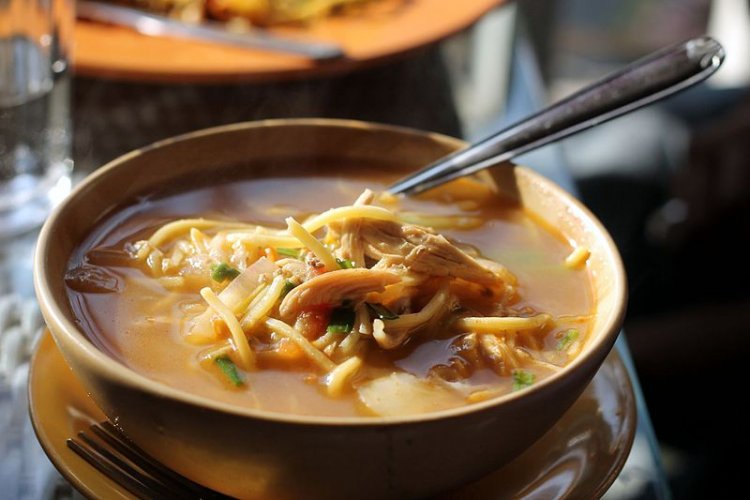
Thukpa is a noodle soup that has gained recognition in the food scene of the Himalayan region and originates from Tibet. It is known for its comforting nature. A delicious dish with nourishing properties has gained significant popularity in surrounding areas of the Himalayas. It is made up of wheat noodles, rich broth, aromatic spices, and a blend of savory meats and vegetables. Thukpa's popularity in the Himalayan regions unites people, nourishes them, and preserves their culinary heritage.
· Yak Meat Items:
In the Himalayas, yak meat is highly valued for its special qualities in local cuisine. Yak meat's tenderness and unique taste are beloved in Himalayan cuisine. Yak meat is used in various preparations to showcase its unique qualities. Yak stir-fries with veggies and spices are a tasty combo. Yak meat is naturally tender, making it a perfect match for stir-fry dishes.
· Buckwheat and Millet-based Dishes:
Buckwheat and millet are prized staples in Himalayan cuisine for their versatility, distinctive flavors, and healthful properties. Gluten-free grains are integral to regional cuisine, reflecting the cultural heritage and land connections. Buckwheat and millet flours are popular for breadmaking. Phaapar bread is prominent in Himalayan cuisine. Flatbreads are made by mixing flour with water and sometimes adding spices or herbs. Roll and cook the dough for rustic, flavorful bread. Buckwheat bread's nutty taste complements many dishes.
· Tibet an Butter Tea:
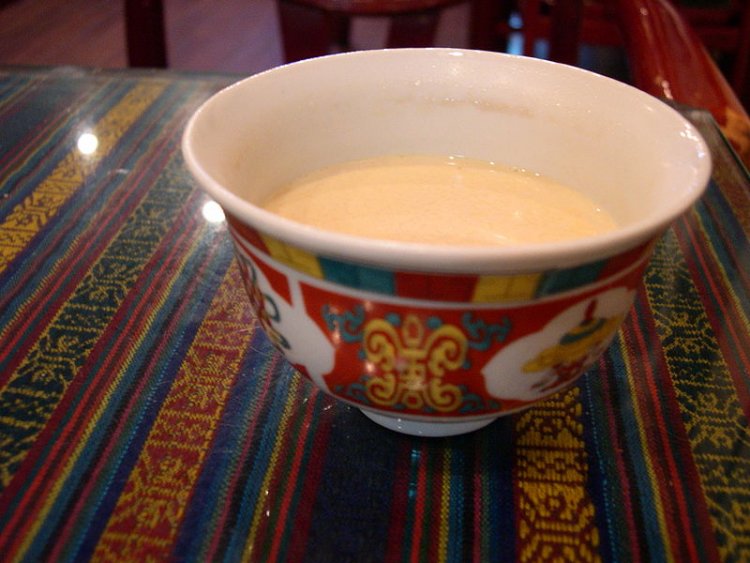
Tibetan butter tea is a prominent element of Himalayan cuisine, with a unique flavor profile that is cherished for its ability to combat the challenges of the region's cold temperatures and high altitudes. Tibetan butter tea is a cultural beverage from the Himalayas, also called "po cha" or "salty tea." Butter tea is a cultural staple in Himalayan communities. Served to guests as a symbol of hospitality for warmth and comfort. Butter tea strengthens Himalayan community bonds. Exp.: The consumption of Tibetan butter tea is a sensory journey through the Himalayas. It embodies people's resilience, connection to nature, and adaptability in the region. Sipping this savory beverage evokes adventure and immerses you in the beauty of the Himalayas.
The Himalayan cuisine offers a diverse selection of dishes to choose from. The food in the Himalayan region is special because it uses local ingredients, cooking methods, and culture. These things make the food unique and tasty.
3. Newa Cuisine:
Newa cuisine is a unique culinary tradition from Nepal's Newar community. Newa cuisine is made up of unique ingredients, intricate cooking, and varied flavors. It highlights Newar people's culinary skills and creativity, passed down through generations. These are some of the foods that Newa Cuisine serves:
· Kwati:
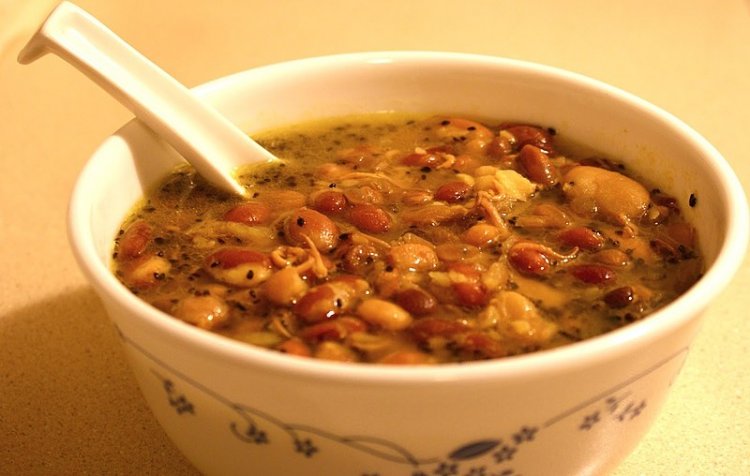
Kwati is a prized dish in Newa cuisine, showcasing culinary excellence and cultural importance in the Nepalese Newar community. This soup honors generations of cooking traditions with its flavor and heartiness. Kwati is a mix of sprouted beans and lentils. Kwati is culturally significant in the Newar community. It's a festive centerpiece dish. During Gunla, Jana Baha Dyah Jatra, and Bisket Jatra, kwati symbolizes abundance, renewal, and togetherness.
· Bara:
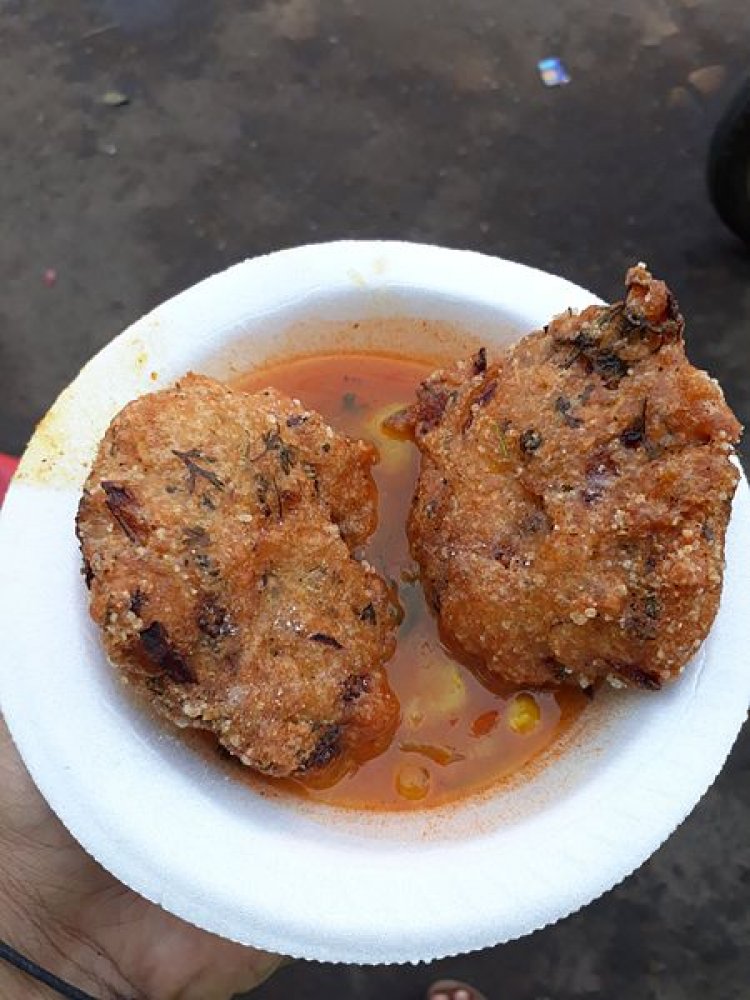
The Newar community in Nepal displays its cultural legacy and culinary skills through the highly regarded and cherished dish known as bara in Newa cuisine. You can enjoy Bara in different ways that suit different tastes and events. You can eat it alone and taste its flavors fully. Enjoying a fresh hot bara, taken directly from the pan, with a little tangy mustard or spicy tomato sauce is a wonderful experience that wakes up the taste buds and leaves a lasting memory. Bara's versatility and irresistible flavors have won over locals and visitors. It reflects the Newar community's culinary heritage and respect for traditional cooking techniques.
· Yomari:
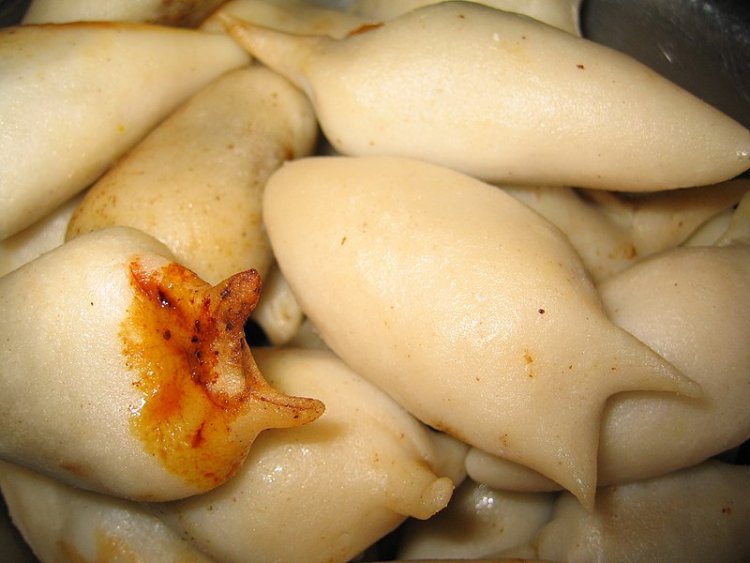
Newa cuisine captivates with diverse desserts and confections. The Yomari is a revered sweet that holds a special place in the hearts of Nepal's Newar community. Yomari represents Newa cuisine's tradition, festivity, and culinary craftsmanship. Its flavors, symbolism, and preparation make it a treasured delicacy beyond gastronomy. A Yomari provides a taste of Nepal's culinary legacy and embraces cultural tradition.
Nepal's rich heritage and cultural diversity are reflected in Newa cuisine. Newar culinary culture has evolved over centuries, preserving its essence. Discover the wonders of Newa cuisine—a mouth-watering journey through the history, customs, and flavors of Kathmandu Valley.
Nepal provides a diverse range of cuisine, rendering it an excellent choice for those seeking to explore and discover culinary experiences. Nepal offers an excellent opportunity for those seeking to explore diverse cuisines without any regrets.
Reference:
What's Your Reaction?




























































































